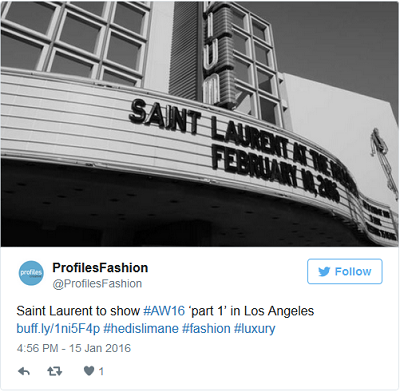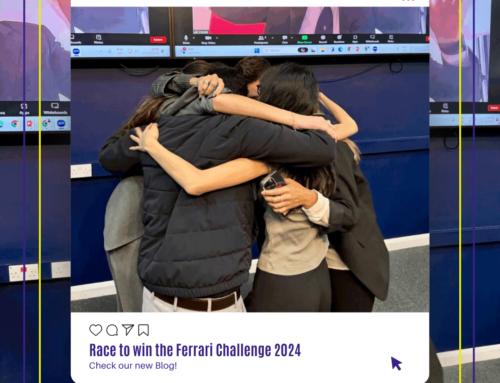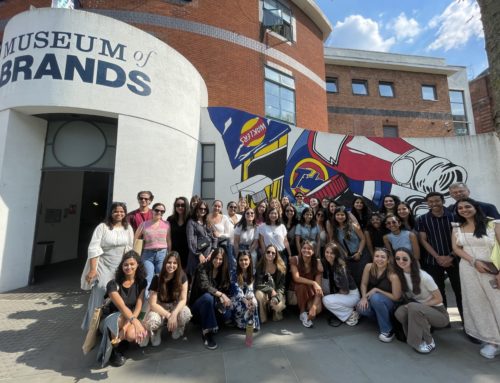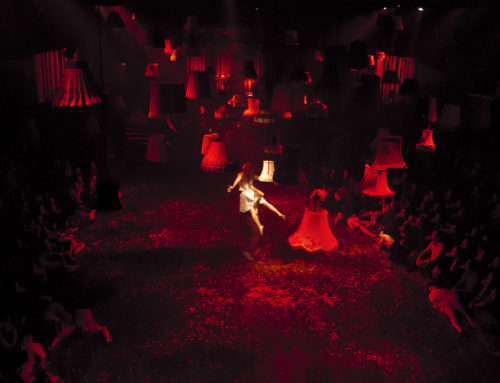What every luxury brand can learn from the transformation of Yves Saint Laurent

By Dr Ben Voyer, Associate Professor at ESCP Business School
On the eve of New York Fashion Week, the eyes of the fashion world will be fixed on Los Angeles, where Saint Laurent is presenting a bumper AW 16 men’s and women’s show. It marks a significant shift from its usual home at Paris Fashion Week, which will only have a small show this year, but is just another in a line of bold and innovative moves by its creative director Hedi Slimane.
Slimane has transformed the French fashion house – quite literally stripping the first name of its celebrated founder “Yves” from the company’s ready-to-wear line – since taking charge in 2012. The brand’s rise has been meteoric under his direction.

In the face of increasing competition from “affordable luxury” brands like Kors and Kate Spade to new Asian luxury brands, Saint Laurent has doubled its sales revenue since Slimane took over, helping Kering, its parent company, to strengthen its position in the luxury industry. Before Slimane, YSL was mostly selling shoes and handbags. Since he joined, its ready-to-wear line has been flying off the shelves.
Much has been written about the way Slimane the designer – how he reinvented menswear during his time at Dior, redefining the silhouette of the modern man and popularising the super-skinny look – Slimane’s achievements with Saint Laurent also exemplifies best practice for luxury companies.
Beyond Yves
Saint Laurent’s renewed success can first be attributed to an elegant and clever rebranding strategy which saw its name change to Saint Laurent Paris, shortly after Slimane took over. The new name represents a tribute to the original – when its eponymous founder launched his ready-to-wear line in 1966 it was under the name Saint Laurent Rive Gauche – and uses the same font and nomenclature. It also capitalises on its city of origin, which is especially important outside of traditional European markets.
Another important aspect of the rebranding strategy is the fact that the brand puts forward the name of its creative director -items are presented in fashion magazines as “Saint Laurent by Hedi Slimane”. This shows the importance of contemporary designers and suggests that their names can matter as much as the name of the traditional luxury labels that carry their collections. This has also been the case at Chanel with Karl Lagerfeld’s influence as creative director and Raf Simons at Dior.

Simple and sleek. EPA/Ian Langsdon
The transition of the brand from a “loud” branding strategy, featuring conspicuous and highly recognisable logos, to a more” quiet” one has also been an important aspect behind Saint Laurent’s success. Now it relies on subtler tailoring details which have become associated with the brand: its signatures twitching patterns, use of semi-sheer fabric and zip details.
The move to a less conspicuous but still subtly branded strategy shows an understanding of current luxury industry trends. Consumers are increasingly turning away from loud or heavily branded luxury products and favour more discreet goods. This can be explained by a desire not to appear too extravagant in the current financial crisis climate, as well as by a maturing of preferences – favouring products that have the cachet of appealing to connoisseurs.
Classic and Cool
Saint Laurent has showed that luxury brands can successfully gain inspiration from the streets without losing their identity and perceived exclusivity. Saint Laurent’s inspiration from street culture is best exemplified by the recruitment of models with the right look from off the street to create shows that are edgy, while remaining elegant.
Slimane has also drawn heavily upon musical inspiration. His hows commission custom-made rock soundtracks, often produced by emerging artists. And his collections have heavily referenced the grunge movement. The decision to present the AW 16 collection in LA, just days before the Grammy music awards take place there, is a tribute to the city’s musical heritage. And Slimane’s combined creative and artistic direction of shows ensures their successful delivery.
As well as setting new standards for cool, the brand has also launched a “permanent collection”. Through signature pieces, available season after season, Saint Laurent is able to exemplify the essence of luxury and luxury goods. Consumers not only buy luxury goods for their style, quality and durability, but also for their timeless nature.
The permanent collection features classic pieces such as the brand’s iconic biker jacket or the traditional Breton stripe shirt, all of which regularly sell out season after season. It also ingeniously positions the brand as a reference point for timeless and classic luxury pieces.

Overall, the work done at Saint Laurent, much to the credit of its artistic director, shows how a luxury brand’s fate can be overturned. Saint Laurent’s sales are skyrocketing when other luxury brands face severe difficulties. The future of the brand however remains tied to a few questions, including its dependency on its creative director around whom rumours of a departure swirl. There is also the question of its capacity to maintain a balance between being connected to the street and pop culture, while cultivating an image of timelessness and exclusivity.
Last year, ESCP Business School was awarded the L’Oréal Professorship in Creativity Marketing, to be held by two of its London-based Professors, Dr Marie Taillard and Dr Benjamin Voyer.
As part of this agreement, L’Oréal becomes a Founding Corporate Member of ESCP Business School’s Creativity Marketing Centre (CMC).
Useful links:





